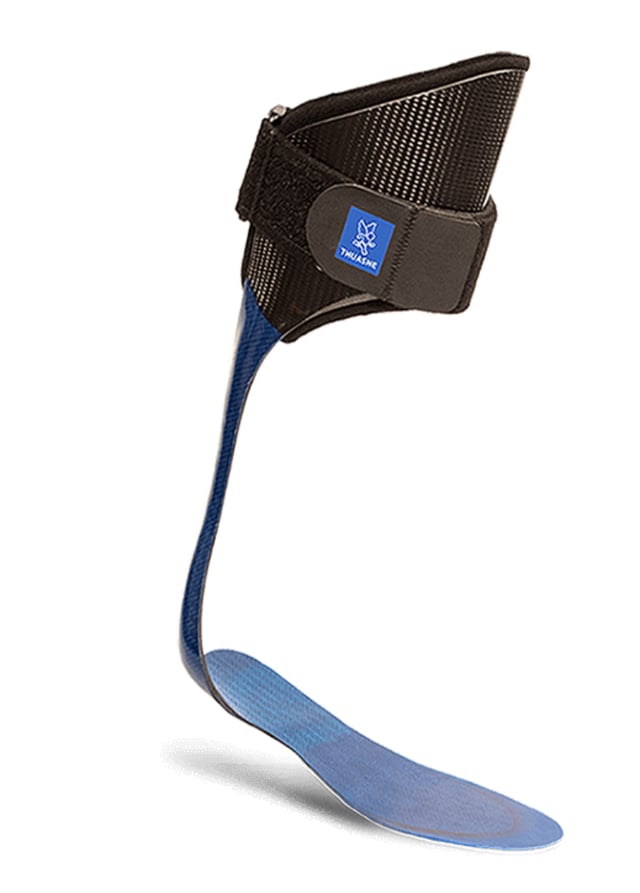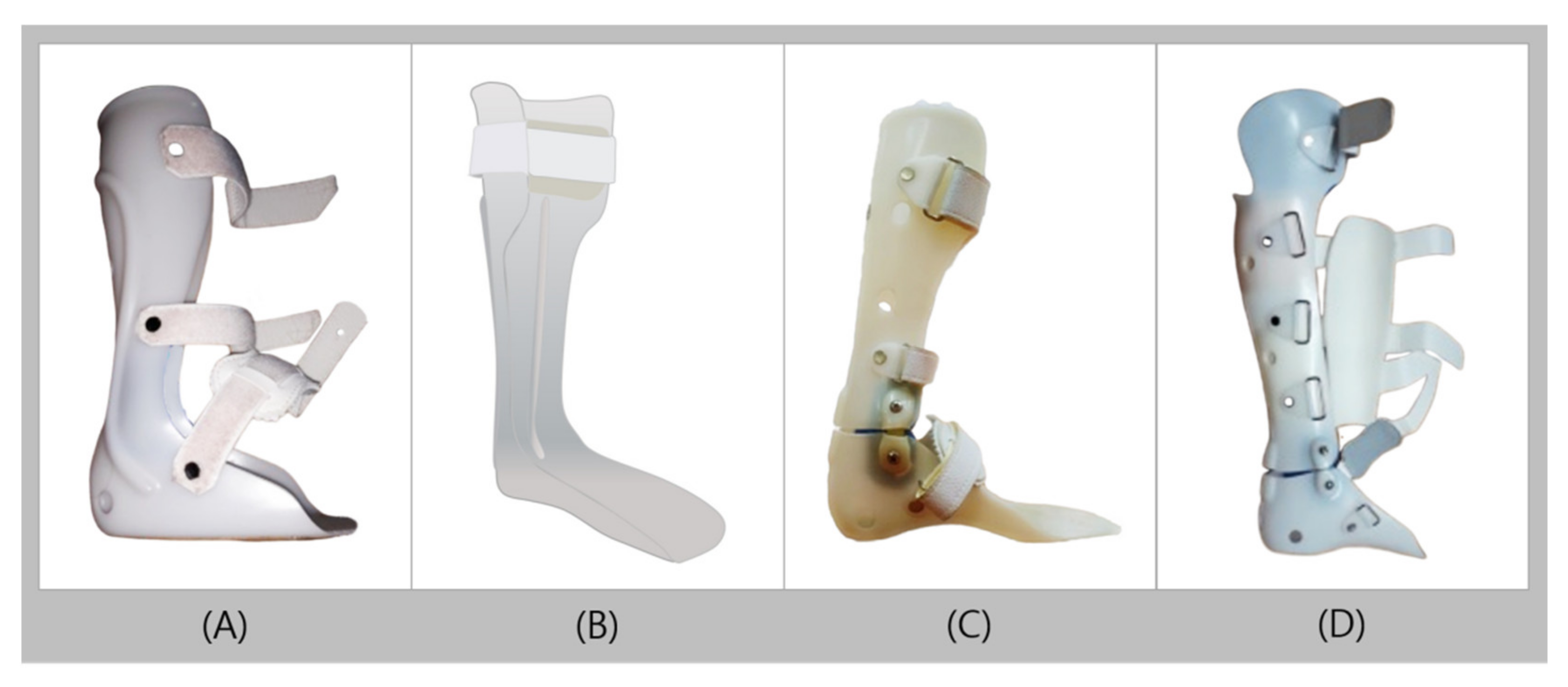A Biased View of Foot Braces
A Biased View of Foot Braces
Blog Article
The Basic Principles Of Foot Braces
Table of ContentsThe Main Principles Of Foot Braces How Foot Braces can Save You Time, Stress, and Money.Foot Braces - An OverviewGetting My Foot Braces To WorkFoot Braces Fundamentals ExplainedFoot Braces - An OverviewFoot Braces - Truths
The brace gives light assistance to allow the foot and ankle to heal. The support is generally stopped once the injury is recovered. The SMO is used for adaptable foot defects that require great control of the heel. This brace is most commonly made use of for pediatric clients when a foot is greatly pronated (the foot rolls inwards and the arc of the flattens).
The steel and leather AFO can likewise be wanted as a very strong option for people having a tendency to be very hard on their AFO support and call for the strength of aluminum or steel. A hip kidnapping orthosis may be made use of for a number of hip joint problems including dislocation, crack, or post medical.
This orthosis is used in circumstances where a patient still has some control of the reduced arm or leg, however their condition has created weakness in the muscular tissues that preserve the knee in position. The knee joint of this brace can have digital or mechanical control that automatically secure and unlock the knee joint while strolling to enable for more all-natural strolling movement.
The Best Guide To Foot Braces
Use this orthosis can help avoid hip contractures because of continuous sitting. The functional knee orthosis is a very common kind of knee support and is generally suggested in circumstances of knee tendon damage (ACL, PCL, etc) or the requirement to offload a knee compartment due to osteoarthritis. The WalkAide system is an electrical stimulation system used in circumstances when a client struggles with decline foot, yet still has an undamaged nerve path from the impacted limb to the spine.
Foot decrease or decrease foot is a condition that can happen as an outcome of a stroke, nerve injury, neurological problems or muscular tissue conditions. It is a condition that makes lifting the front of the foot hard. This can after that imply that your foot will drag while strolling. Foot Braces. Foot decrease can be momentary or long-term.
The support likewise encourages the foot to strike the ground on the heel. This assists improve your stride by lowering just how much the foot deviates. Restricting just how much the ankle can relocate may create walking to no more feel as liquid and likewise more tedious. This is where versatile and hinged AFOs can assist.
Some Known Facts About Foot Braces.
Pivoted AFOs on the various other hand give limited movement of the foot. This motion assists the foot develop muscle and also stretch. So why would you select an inflexible support? These braces are beneficial for aligning the muscle and the joints. It is likewise beneficial for individuals that need high quantities of ankle stability.
Our licensed orthotists and professionals will initially take the prescription provided by your medical professional. After that, we will certainly perform a first analysis to analyze your leg. We will certainly likewise assist you with any kind of inquiries Get More Info you might have. After that we will certainly take an actors or 3D check of your leg to get the best fit for your orthosis.

The Greatest Guide To Foot Braces
They are foam inserts positioned in your shoe to cushion the foot and support the arc. Orthotics are above and past that and consist of soles, toe pads, dental braces, and arch supports that are made use of to attend to various foot problems.
Again, while insoles can last as much as 6 months, orthotics can last for five years. All personalized orthotics vary from common soles because they are made to maximize your specific foot's function. While some deal primarily defense, various other sorts of orthotics supply protection and functional control. Thus, depending on the foot problem, there are different sorts of custom orthotics.
As a result, they are resilient, resilient, and tend not to transform shape. Useful orthotics give extra assistance to the foot and are especially created to control the motion of foot joints listed below the ankle joint and enhance foot and ankle mobility. ArthritisHallux limitus/rigidus (swollen, aching, and rigid toe joints)Pes Plano valgus (breaking down arches/flat feet)Cavus foot (high arches)Limb-length discrepanciesBunion deformitiesPlantar fasciitisNeuromasNeuromuscular conditionsAnd moreSome orthotics resolve my link particular medical issues like intricate foot deformities, inequality, or back issues.
Getting The Foot Braces To Work
Accommodative orthotics are made up of soft and well-cushioned products. They minimize the impact of standing and strolling, reduce shear pressures on the sole, and rearrange and stabilize weight throughout the foot. They work in managing the list below conditions: Diabetic woundsArthritisDeformed feet. Semi-rigid orthotics permit you to appreciate the finest of both globes as they are made from both soft and stiff products.
Semi-rigid orthotics are often recommended for foot issues caused by arthritis or diabetes. They also help bring back the natural walking pattern by treating foot deformities and stabilizing the foot from an early age.
What Does Foot Braces Do?
They can likewise improve power transfer between the body and the foot. Professional athletes involved in edge-control and multidirectional sporting activities, like winter sports and skating, typically use special customized orthotics.
Lower limb orthotics have revolutionized mobility rehab. They supply customized remedies for numerous conditions influencing the legs, ankles, and feet. 3 unique types attract attention: ankle foot orthoses (AFO), knee ankle foot orthoses (KAFO), and hip knee ankle foot orthoses (HKAFO). Each gives a different level of assistance, from concentrated ankle stability to full reduced body control.
Let's check out just how these three brace kinds differ and find which one will work best for you. Orthoses are outside gadgets that function with your body to boost feature and mobility (Foot Braces).
Some Ideas on Foot Braces You Should Know
AFOs, KAFOs, and HKAFOs represent the main kinds of lower-limb orthoses. An AFO is a support that supports the ankle and foot. It prolongs from the foot section to just below the calf, utilizing straps to hold his response it in location.
Unique attention to weight distribution prevents stress points while preserving complete leg placement. The materials in these dental braces straight impact their function, sturdiness, and convenience during day-to-day wear. Thermoplastics develop the major foot plate and ankle section, with specialized ankle joint joints that bend during walking. Some layouts include carbon fiber parts for energetic individuals who require spring-like energy return throughout push-off.
Unique focus to weight distribution prevents pressure points while maintaining full leg placement. The products in these braces straight impact their function, toughness, and convenience during everyday wear. Thermoplastics create the main foot plate and ankle section, with specialized ankle joint joints that bend during walking. Some styles include carbon fiber elements for energetic people who require spring-like power return throughout push-off.
Report this page